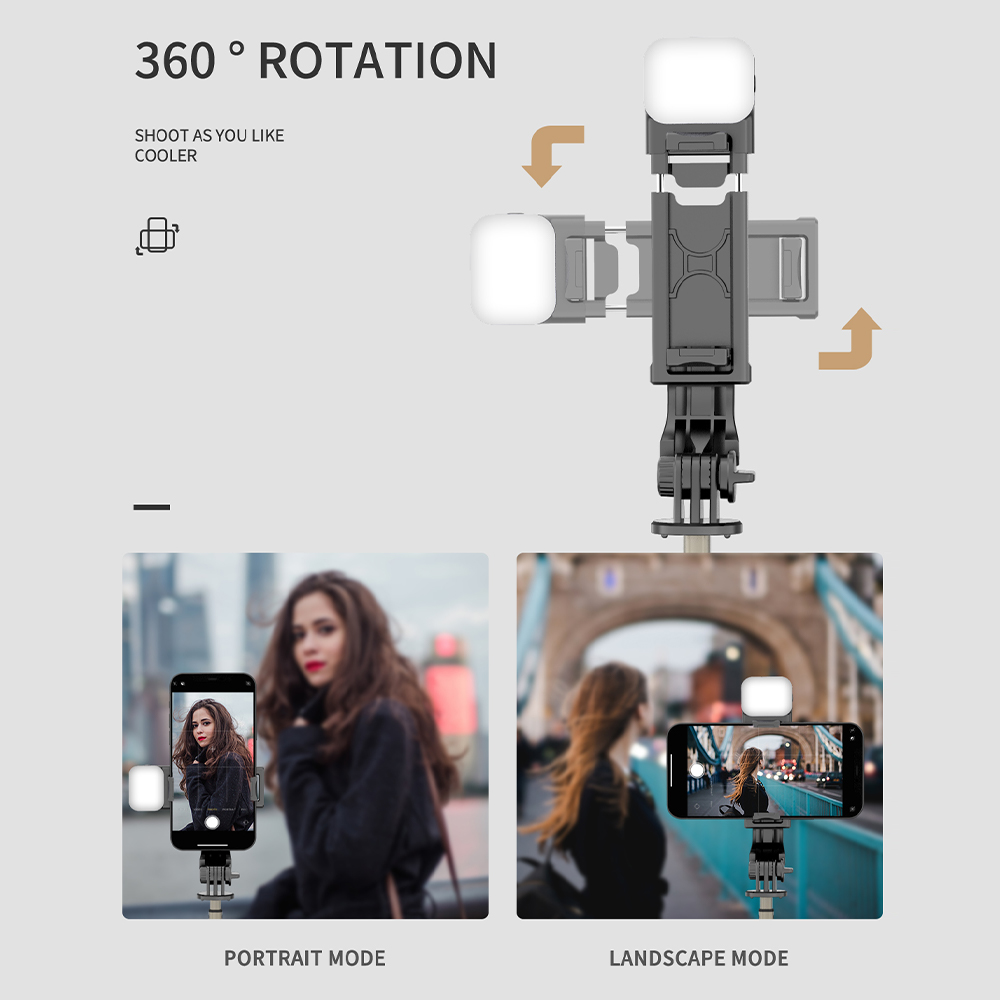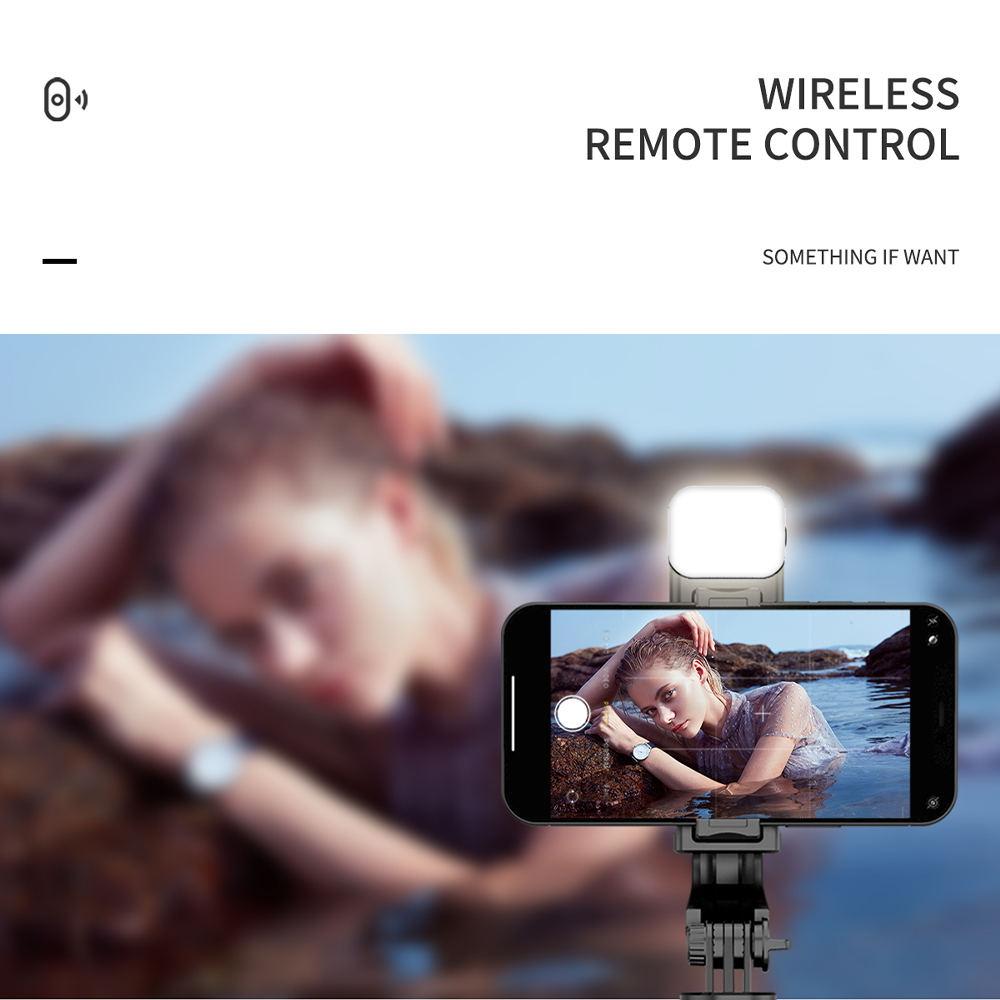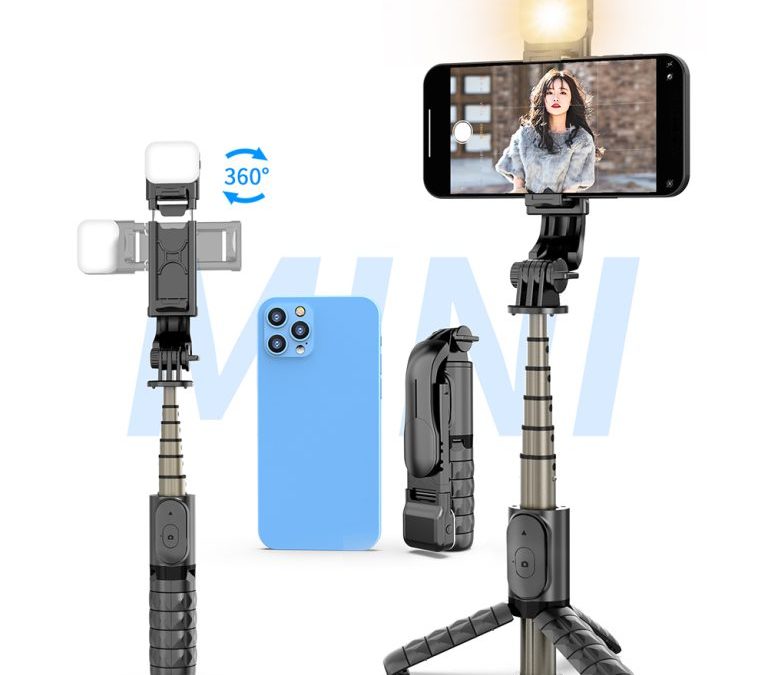أصبحت عصا السيلفي من الملحقات الأساسية للتصوير الفوتوغرافي بالهاتف المحمول، مما يسمح للمستخدمين بالتقاط صور بزاوية واسعة وصور جماعية بسهولة. وعلى الرغم من هيمنة عصي السيلفي التقليدية على السوق لسنوات، إلا أن طرح عصي السيلفي ذات الأذرع المرنة أثار اهتمام المستهلكين. توفر هذه الأجهزة المبتكرة تعدد استخدامات ووظائف محسّنة مقارنة بعصي السيلفي التقليدية. ستستكشف هذه المدونة الاختلافات الرئيسية بين عصي السيلفي المرنة وعصي السيلفي التقليدية.
عصا السيلفي: التصميم والمرونة - الميزة الأساسية - الميزة الرئيسية
أحد أبرز الاختلافات بين عصا السيلفي مع الأذرع المرنة والتقليدية هي مرونة التصميم. تتكون عصا السيلفي التقليدية عادةً من عصا صلبة يمكن تمديدها لالتقاط صور أوسع ولكنها تفتقر إلى القدرة على الانحناء أو ضبط زاوية الكاميرا ديناميكيًا. وعلى الرغم من أن هذا التصميم كافٍ لمعظم صور السيلفي القياسية، إلا أنه قد يكون مقيداً عند التقاط الصور من زوايا فريدة أو في مواقع يصعب الوصول إليها.
في المقابل، تتميز عصا السيلفي ذات الأذرع المرنة بتصميم قابل للانحناء يسمح للمستخدمين بتعديل زاوية الكاميرا وموضعها بحرية أكبر. يمكن تشكيل الأذرع المرنة ولفها لالتقاط صور إبداعية من زوايا مختلفة، مما يجعلها مثالية لمواقف التصوير الفريدة. سواء أكنت ترغب في التقاط منظر علوي أو صورة شخصية مع مجموعتك بأكملها أو لقطة حركة ديناميكية، فإن الأذرع المرنة توفر قابلية التكيف وتعدد الاستخدامات التي لا يمكن لعصي السيلفي التقليدية أن تضاهيها.

عصا السيلفي: محمولة ومريحة ومثالية للاستخدام في أي مكان
تُعد قابلية الحمل عاملاً مهماً آخر عند مقارنة عصي السيلفي ذات الأذرع المرنة بالعصي التقليدية. عصا السيلفي التقليدية عادةً ما تكون خفيفة الوزن وصغيرة الحجم، مما يسهل حملها في حقيبة أو حقيبة ظهر. ولكن، نظراً لصلابتها، فإنها عادةً ما تتطلب مساحة أكبر عند تمديدها بالكامل، مما قد يكون من الصعب حزمها في الأماكن الأصغر أو الأكثر ازدحاماً.
من ناحية أخرى، توفر عصي السيلفي ذات الأذرع المرنة إمكانية نقل ممتازة لأنه يمكن للمستخدمين طيها وثنيها لتصبح أصغر حجماً وأكثر إحكاماً. صُممت العديد من عصي السيلفي ذات الأذرع المرنة لسهولة الحمل، مع أذرع يمكن للمستخدمين طيها إلى حجم أصغر أو طيها لتخزينها بسهولة. هذا التصميم مناسب بشكل خاص للمسافرين المتكررين أو مصوري الأحداث أو مدوني الفيديو. كما أن الحجم الصغير يجعلها مثالية لتناسب المساحات الضيقة مثل المحافظ أو الحقائب الصغيرة أو الأمتعة.
مستقر ويمكن التحكم فيه للحصول على صور أكثر وضوحًا
الثبات ضروري لالتقاط صور أو مقاطع فيديو واضحة وحادة. صُممت عصا السيلفي التقليدية لتوصيل الكاميرا بطرف عمود التمديد، مما قد يتسبب في الاهتزاز أو عدم الاستقرار، خاصة عند الإمساك بالعمود بيد واحدة أو عند تمديده بالكامل. حتى الحركة الطفيفة أو الاهتزاز يمكن أن يؤدي إلى لقطات ضبابية أو غير متساوية، مما قد يسبب مشاكل، خاصة للمصورين المحترفين أو مصوري الفيديو الذين يطلبون لقطات عالية الجودة.
توفر عصا السيلفي ذات الأذرع المرنة بشكل عام ثباتاً ممتازاً أكثر من العصي التقليدية. تشتمل العديد من تصميمات الأذرع المرنة على قاعدة مرجحة أو ثقل موازن للمساعدة في ثبات الجهاز. كما تسمح قابلية ثني الذراع أيضاً للمستخدم بضبط زاوية الكاميرا وموضعها بعناية أكبر، مما يقلل من الاهتزاز أو الحركة غير المرغوب فيها.

سهل الاستخدام وقابل للتخصيص لتلبية احتياجات التصوير المتنوعة
عادةً ما تكون عصا السيلفي التقليدية بسيطة وسهلة الاستخدام. يتضمن تصميمها البسيط عادةً عمود تمديد، وتوصيل الهاتف أو الكاميرا بحامل، والتقاط الصور باستخدام زر أو جهاز تحكم عن بُعد. تجعل سهولة الاستخدام هذه من عصي السيلفي التقليدية الخيار الأفضل للمستخدمين العاديين الذين يرغبون في التقاط صور سيلفي عارية أو صور جماعية.
ومع ذلك، توفر عصي الصور الشخصية ذات الأذرع المرنة تخصيصًا أعلى وسهولة في الاستخدام لتلبية احتياجات التصوير الأكثر احترافية. تسمح مرونة الأذرع للمستخدمين بتشكيلها في أشكال وزوايا مختلفة، مما يوفر المزيد من الخيارات للتأطير، بما في ذلك اللقطات التي تتطلب منظوراً علوياً أو منظور زاوية منخفضة. وغالباً ما تأتي عصي السيلفي ذات الأذرع المرنة أيضاً مع حوامل قابلة للتعديل لاستيعاب مجموعة أكبر من الأجهزة، بدءاً من الهواتف الذكية ووصولاً إلى كاميرات الحركة.
متينة ومصممة للاستخدام طويل الأمد
تُعد المتانة من الاعتبارات المهمة عند شراء أي ملحق للتصوير الفوتوغرافي، خاصة للمحترفين الذين يحتاجون إلى معدات يمكنها تحمل الاستخدام المتكرر. غالبًا ما يصنع المصنعون عصي الصور الشخصية التقليدية من مواد خفيفة الوزن مثل الألومنيوم أو البلاستيك أو ألياف الكربون، والتي توازن بين قابلية الحمل والقوة. ومع ذلك، نظرًا لأن عصي السيلفي التقليدية صلبة نسبيًا، فهي أكثر عرضة للكسر أو الانحناء في حالة سقوطها أو سوء التعامل معها. غالبًا ما يصنع المصنعون عصي السيلفي بأذرع مرنة من مواد متينة للغاية مصممة لتحمل ضغط الانحناء والقولبة. عادةً ما تتضمن المواد المستخدمة في الأذرع المرنة معادن مقواة أو مواد بلاستيكية عالية الجودة تتسم بالمرونة والقوة في آن واحد. هذه المتانة الإضافية تجعل عصي السيلفي ذات الأذرع المرنة أكثر مقاومة للتلف والتآكل، حتى مع التعديلات المتكررة أو التعرض لظروف قاسية.
فوائد التصوير الفوتوغرافي الحديث
باختصار، توفر عصا السيلفي ذات الأذرع المرنة العديد من المزايا مقارنةً بالأذرع التقليدية، بما في ذلك تعزيز المرونة وقابلية النقل والثبات والمتانة. هذه الميزات تجعلها مثالية للمستخدمين من جميع مناحي الحياة، من منشئي المحتوى والمصورين إلى المسافرين والمغامرين. في حين أن عصي الصور الشخصية التقليدية لا تزال قادرة على تلبية احتياجات التصوير الفوتوغرافي الأساسية، إلا أن تعدد استخدامات عصي الصور الشخصية ذات الأذرع المرنة وأدائها يُحدث ثورة في كيفية التقاط الصور ومشاركتها.

